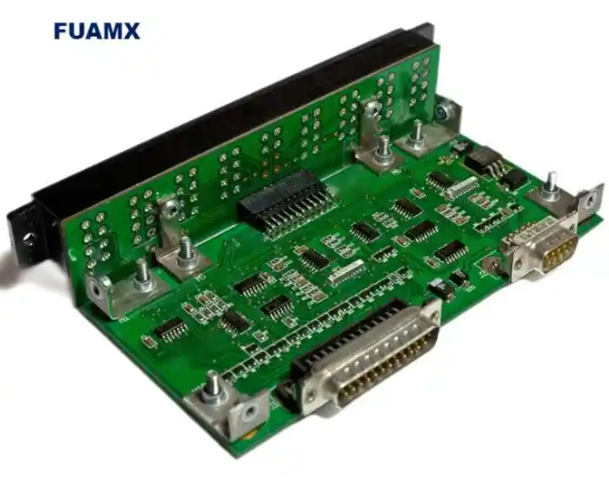The working principle of multi-layer PCB board circuits involves many aspects, including circuit design, wiring, manufacturing process, etc.
Below I will introduce in detail the following aspects:
Circuit design
The design of multi-layer PCB board circuit is the basis of the entire circuit work. During the circuit design stage, designers need to consider the circuit’s functionality, performance, reliability, maintainability and other requirements. At the same time, factors such as the size, material, and number of layers of the PCB board also need to be considered.

In multi-layer PCB circuits, circuits on each layer are connected through vias. The location, size and number of via holes need to be determined according to the requirements of the circuit design. At the same time, factors such as the processing difficulty and cost of via holes also need to be considered.
Wiring
Wiring is an important link in the manufacturing process of multi-layer PCB board circuits. The quality of wiring directly affects the performance and reliability of the circuit. During the wiring process, factors such as the flow direction of current and electromagnetic interference need to be taken into consideration to ensure the stability and reliability of the circuit.
At the same time, wiring also needs to take into account process and manufacturing requirements. For example, the width, spacing, and inter-layer distance of the wires need to be determined according to the requirements of the manufacturing process.
Manufacturing process
The manufacturing process of multi-layer PCB boards mainly includes board material selection, lamination, drilling, copper plating, electroplating and other links. The quality of these links directly affects the quality and performance of multi-layer PCB boards.
In terms of board selection, it is necessary to select the appropriate board type and thickness according to the requirements of the circuit. During the lamination process, it is necessary to ensure flatness and insulation between circuits on each layer. During the drilling and copper plating process, the quality and conductive properties of the via holes need to be ensured. During the electroplating process, it is necessary to ensure the plating quality and thickness of the via holes.
Reliability test
In order to ensure the reliability and stability of multi-layer PCB board circuits, a series of reliability tests are required. These tests include environmental adaptability testing, durability testing, electromagnetic compatibility testing, etc. Through these tests, problems and hidden dangers in multi-layer PCB board circuits can be discovered, and improvements and optimizations can be made in a timely manner.
Summary
The working principle of multi-layer PCB board circuits involves many aspects, including circuit design, wiring, manufacturing technology and reliability testing. In order to ensure the performance and reliability of multi-layer PCB board circuits, comprehensive consideration and optimization in these aspects are required. At the same time, with the continuous advancement and development of technology, the design and manufacturing process of multi-layer PCB board circuits will continue to be improved and upgraded.